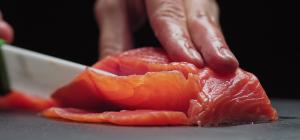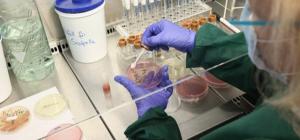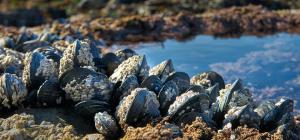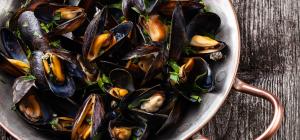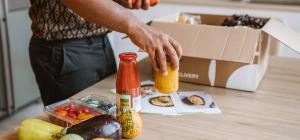Présentations d’étudiants au BCIT en santé environnementale 2018
Série de webinaires
Webinaire du NCCEH
Date du webinaire
juin 8, 2018, 12:00pm - 1:00pm
Locuteur
Chloe LeTourneau-Paci
Rachel Burak
Jessica Wu
Body
La série de séminaires sur la santé environnementale du BCCDC et du CCNSE propose des occasions d’apprendre et d’échanger des connaissances sur divers sujets touchant la santé environnementale. Ces séminaires sont offerts en personne et en ligne.
The June 29, 2018 Environmental Health Seminar highlighted three student research projects from the BCIT Environmental Health program:
Presentation 1: An Evaluation of the Knowledge and Practices of Metro Vancouver Residents Regarding Mould
Speaker: Chloe LeTourneau-Paci, Student, BCIT Environmental Health Program
Summary: The average Canadian spends approximately 90% of their day indoors, a proportion of which may be in public spaces, thereby making Indoor Air Quality (IAQ), and its subsequent effects on health, a pertinent topic for the fields of Public and Environmental Health.This study evaluated the public perception of Metro Vancouver residents in regards to mould as an IAQ issue in order to provide Public and Environmental Health practitioners, including EHOs, with a deeper understanding of how to effectively address queries from the public regarding this topic. Although respondent knowledge scores were fair, a few gaps in knowledge were identified, including where to access reliable information on the topic.
Presentation 2: Public Knowledge and Perceptions of Cannabis: a British Columbia Perspective
Speaker: Rachel Burak, Student, BCIT Environmental Health Program
Presentation 3: Impact of Overcrowding Sous Vide Water Baths on the Thermal Process of Pork Loins
Speaker: Jessica Wu, Student, BCIT Environmental Health Program
Summary: According to BCCDC's Guidelines for Restaurant Sous Vide Cooking Safety in British Columbia, when too many food items are placed in a sous vide water bath, inadequate water circulation may occur and the required process lethality may not be achieved. Internal temperatures of pork loins cooked under normal and overcrowded conditions were measured to determine if overcrowding could cause these effects. Log reductions achieved in pork loin samples cooked under overcrowded conditions at a point in time were mapped out to identify potential patterns of cold spot formation within the water bath.
The presentations are attached below.


